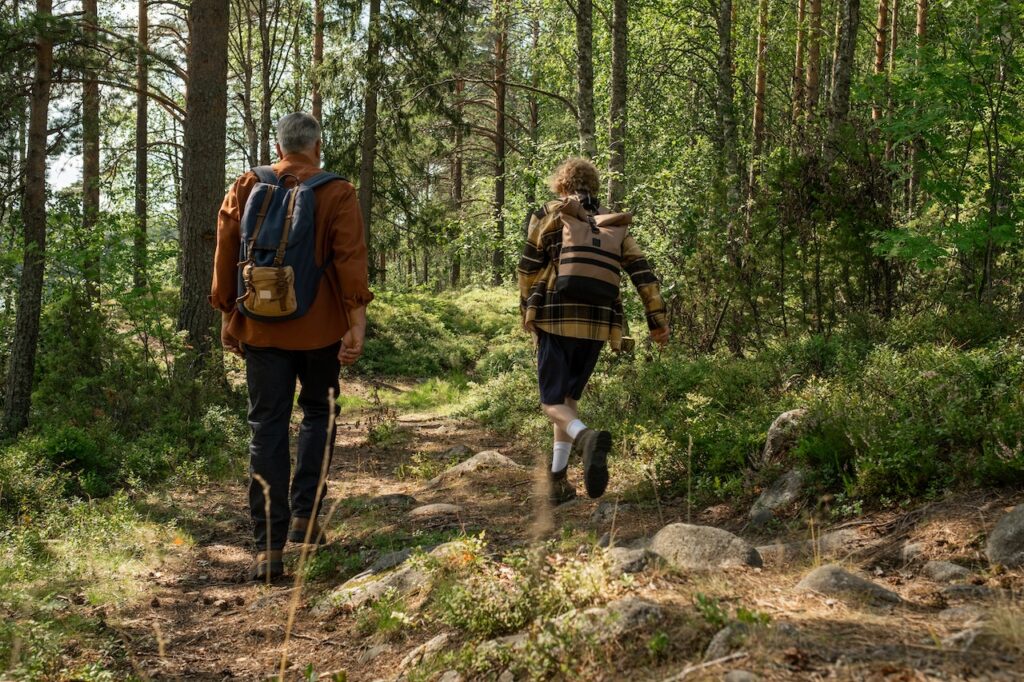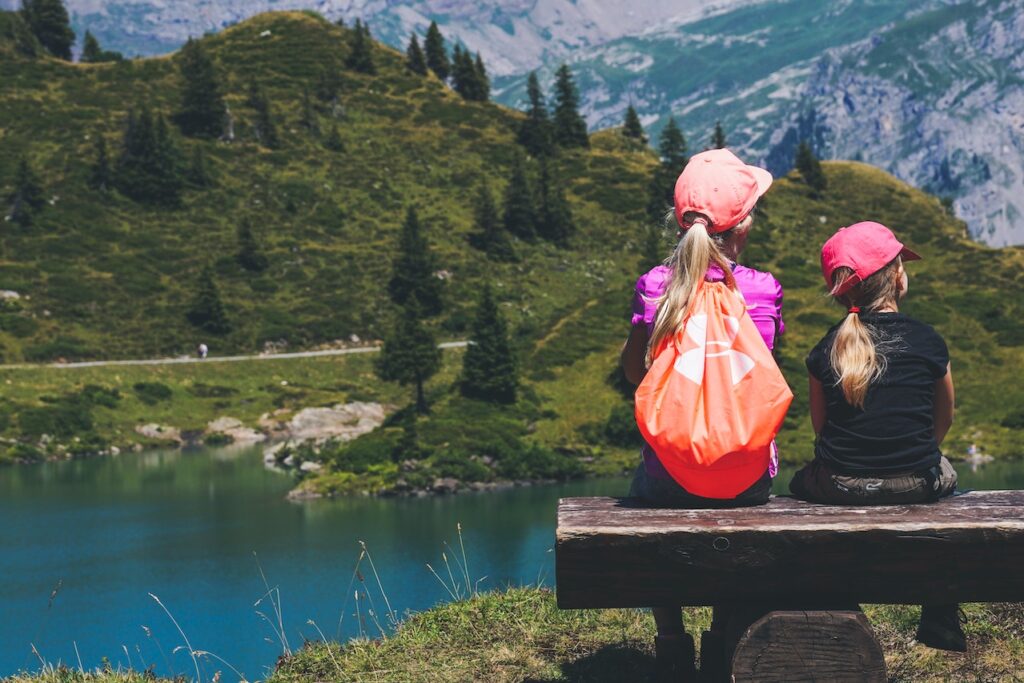In a world where screens dominate our children’s attention, it has become increasingly important to reconnect them with the wonders of nature. One powerful tool for introducing kids to the natural world is through outdoor education, specifically through the activity of hiking. Hiking not only provides physical exercise and fresh air but also serves as a medium for teaching children valuable lessons about the environment, wildlife, conservation, and self-discovery. In this article, we will explore the benefits of outdoor education through hiking and delve into practical ways to teach kids about nature while enjoying the great outdoors.
Immersion in the Natural Environment
Hiking offers children a unique opportunity to immerse themselves in the natural environment. As they traverse trails and encounter diverse landscapes, they develop a deeper understanding and appreciation for the world around them. They observe the changing flora and fauna, witness the power of natural forces, and gain an understanding of ecosystems and their delicate balance.
Encouraging Curiosity and Exploration
Hiking sparks children’s natural curiosity and encourages them to explore their surroundings. The trail becomes a treasure trove of discoveries, from identifying different types of trees and flowers to spotting animal tracks and listening to the sounds of birds. By encouraging questions and fostering a sense of wonder, parents and educators can nurture a lifelong love for learning and exploration.
Environmental Awareness and Conservation
Through hiking, children can develop a heightened sense of environmental awareness. As they witness the beauty and fragility of nature firsthand, they become more conscious of the need for environmental preservation. Parents and educators can seize this opportunity to teach kids about sustainability, the importance of reducing waste, and ways to minimize their ecological footprint. By instilling a sense of stewardship, children can grow up to be responsible caretakers of the planet.
Learning about Flora and Fauna
Hiking provides an interactive classroom for children to learn about various plant and animal species. Along the trail, they can observe and identify different types of trees, flowers, and mushrooms. Parents and educators can guide them in understanding the role these species play in the ecosystem, their unique characteristics, and their importance in maintaining biodiversity. Children can also learn about local wildlife, such as birds, insects, and mammals, and the interdependence between species.
Developing Life Skills
Hiking not only imparts knowledge about nature but also helps children develop essential life skills. Through hiking, children learn to navigate, read maps, and follow trails, fostering their spatial awareness and problem-solving abilities. They develop physical endurance, build resilience, and learn to overcome challenges. Hiking also cultivates teamwork and communication skills when families or groups embark on hikes together, fostering a sense of unity and cooperation.
Cultivating Mindfulness and Well-being
Nature has a profound impact on mental and emotional well-being. Hiking allows children to disconnect from the digital world and reconnect with themselves and the natural surroundings. The tranquility of nature promotes mindfulness, reduces stress, and enhances overall mental health. Children can learn to appreciate the beauty of silence, listen to the sounds of nature, and practice gratitude for the world around them.
Hiking Safety and Preparedness
Teaching children about hiking safety is essential to ensure enjoyable and secure outdoor experiences. Parents and educators can educate kids about trail etiquette, proper gear, and precautions to take while hiking. Topics such as staying hydrated, dressing appropriately, understanding weather conditions, and navigating potential hazards can be covered to instill a sense of responsibility and preparedness in children.
Outdoor education through hiking is a powerful tool for teaching children about nature and fostering a deep connection with the environment. By immersing themselves in the natural world, children develop a sense of wonder, curiosity, and environmental awareness. Through hiking, they learn about flora and fauna, conservation, and gain life skills that extend beyond the trails. As parents and educators, let us encourage children to step away from screens, put on their hiking boots, and embark on a journey of exploration, learning, and connection with the beauty of the great outdoors.





